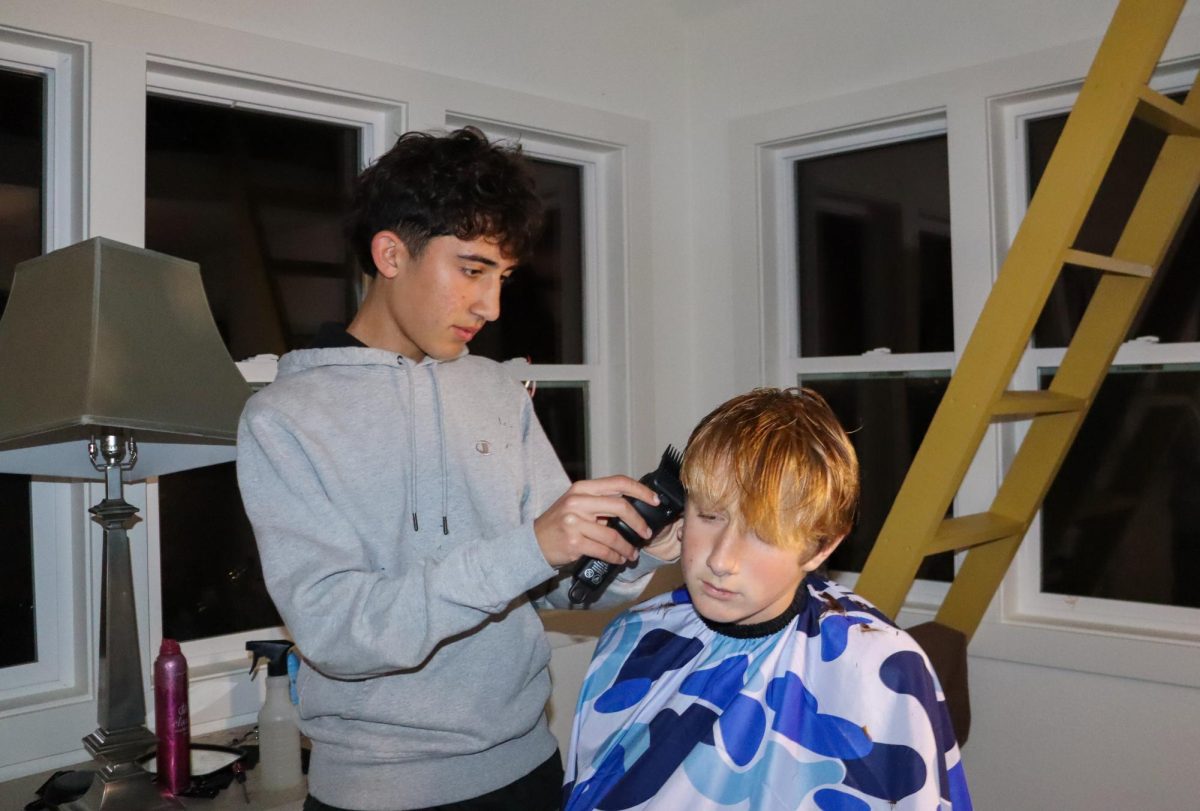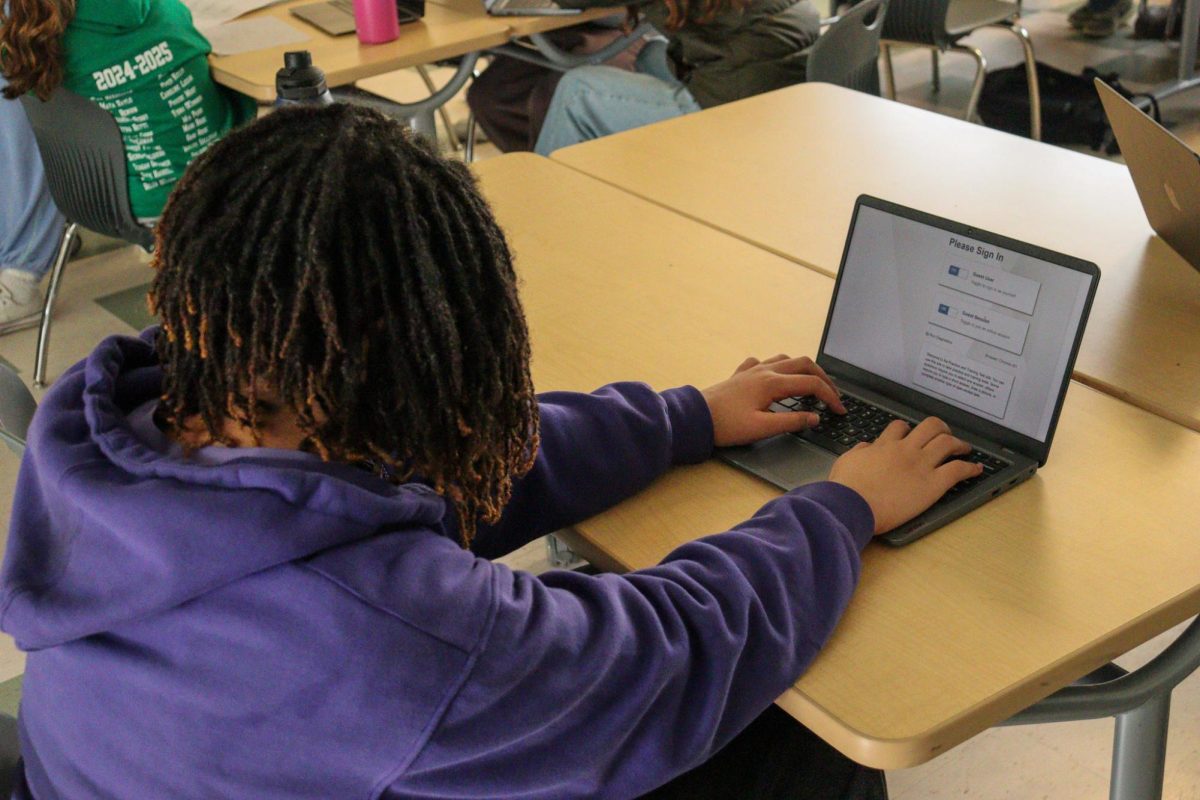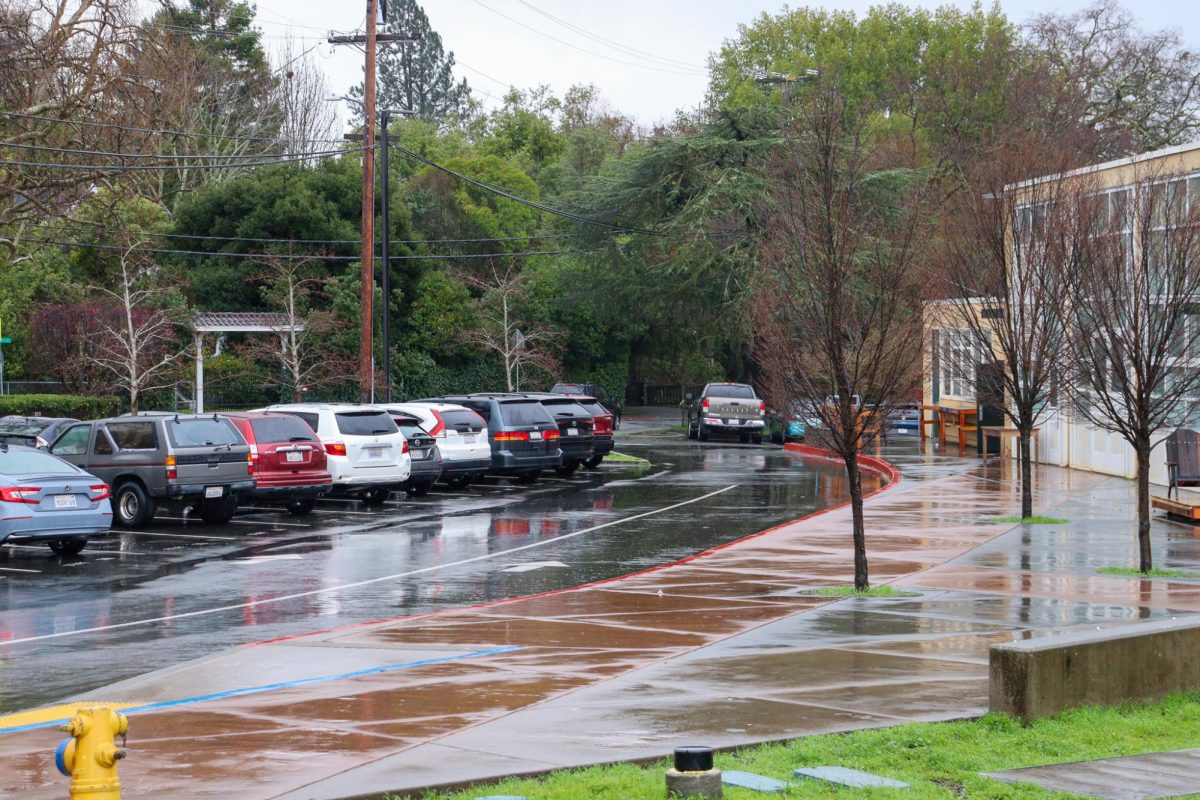For over 40 years, the nonprofit Canal Alliance has served as a local resource for undocumented immigrants seeking American citizenship. The Canal Alliance provides legal aid and resources during the documentation process to the Canal community in San Rafael. The Canal community is home to a large population of Latin Americans who have historically faced educational disparities, inadequate housing, and a lack of necessary resources and services.
The Canal Alliance aims to supply the Canal community with the necessary services and skills to break the current cycle of poverty. They provide legal aid to undocumented immigrants, English lessons to non-English speakers, support to families who cannot afford vital resources, and teach youth how to develop skills that may lead to a sustainable future.
Canal Alliance Economic Mobility Director Air Gallegos works in education and workforce development. Gallegos focuses on ensuring that the Canal community has access to an educational pathway that supports them and can seek jobs that provide living wages.
“Our organization provides wrap-around services for immigrant populations, and our real goal is to make sure everyone can thrive and also break the generational cycle of poverty,” Gallegos said.
Canal Alliance Director of Immigration Legal Services, Joana Castro Simonini, aims to increase the organization’s capacity so that all those seeking documentation receive legal assistance. Simonini emigrated from Brazil to the U.S. in the early 2000s, and when seeking aid with her residency application, she turned to the Canal Alliance. She became an intern at the Alliance while in law school, and officially joined as a staff attorney in 2014. Three years after joining, she became a managing attorney.
During her early years with the Canal Alliance, Simonini worked closely with unaccompanied minors seeking residency. In addition to the Canal Alliance being at full capacity for supporting unaccompanied minors, the documentation process itself has become longer and more complex within the past decade.
“[In 2014,] the number of people arriving was a lot lower. So there was no wait time for [the documentation] process. Now, kids have been waiting four to five years to become permanent residents. [In 2014,] it took six months to get through the process,” Simonini said.
According to Simonini, in the prior fiscal year (July 1st to June 30th), Marin County received 386 undocumented unaccompanied minors and registered 256 such minors by February of 2024. In prior fiscal years, the number of unaccompanied minors was in the 200 range. With this spike in unaccompanied minors, the Canal Alliance cannot provide legal aid to all of those seeking American citizenship due to limited capacity.

“[The number of unaccompanied minors has] been increasing, and this is one of the main issues that we’ve had to deal with lately… The majority of these kids have a form of relief, but they are in immigration proceedings, meaning they are in deportation, they were detained at the border and were put in deportation proceedings. So they have to defend their case with the immigration court. If they don’t find representation, they will be deported back to their country,” Simonini said.
One of the first unaccompanied minors Simonini assisted in getting documentation was Keren Mazariegos in 2014. Originally from Guatemala, she arrived in the U.S. at the age of 16, without her family. Mazariegos has now officially resided in the U.S. for 10 years.
According to Simonini, when a person under 18 years old crosses the border alone they are detained and considered an unaccompanied minor. Once detained, the unaccompanied minor is put into the custody of the Office of Refugee Resettlement. They stay there until they are an adult unless a family member or a family friend acts as their sponsor. Once a background check is performed on a sponsor, the minor may be released to them.
Upon arrival in the U.S., Mazariegos had never met her sponsor or her family living in the Canal. It took time for Mazariegos to acclimate to the new environment, longing for her home and family in Guatemala. The Canal Alliance helped Mazariegos become an American citizen step-by-step. Mazariegos strongly believes that without the Canal Alliance, she would not be where she is today.
“I was really blessed by having [the Canal Alliance] here, because they made me a second home. A place where I could come and be like, ‘Hey, I have a question about this, and what is next?’ I don’t know how I can describe not having them in my life because if it wasn’t for them, I wouldn’t be here right now sitting and talking to you guys, because they were literally fighting for me,” Mazariegos said.
According to Simonini, the Canal community has several barriers that stand in their way. Because not all youth in the Canal have access to quality schools, there is an educational gap in the community. Children who are English language learners often fall behind in school without learning support.
“There’s so many issues. There is an educational gap and a lack of support in schools for second-language students, sometimes students with mixed-status families. Sometimes parents don’t speak English, and students sometimes were born here, but still need more help than the school can provide,” Simonini said.
As of 2021, 90 percent of the Canal residents are Latino. Simonini believes that Marin needs to take more action to support immigrants and the Canal community. Simonini wants to increase capacity at the Canal Alliance so members of the community can receive the necessary support and resources. For that to happen, the Alliance requires more funding from the state level.
While insufficient funding holds back the Canal Alliance, Simonini also believes that the county can help achieve the Alliance’s goals without directly giving the organization funds. Simonini wants Marin County to create a more bilingual environment, which would help immigrants acquire jobs and apply for services.
“Marin County is definitely behind in understanding that a good part of the community is now Spanish-speaking. A good part of the community is the folks who are doing a lot of the work that we rely upon in restaurants and house cleaning and construction. So the lack of services in Spanish is obvious and it needs to be looked at,” Simonini said.
Without expanding the capacity of the Canal Alliance to help immigrants, the Canal Alliance believes that they cannot perform at their full potential. Without more services for immigrants, and without more funding from the state, the Canal Alliance’s ability to help recent immigrants would be compromised. By providing guidance services to the Canal area, the Canal Alliance hopes to end generational poverty and close the educational gap.









